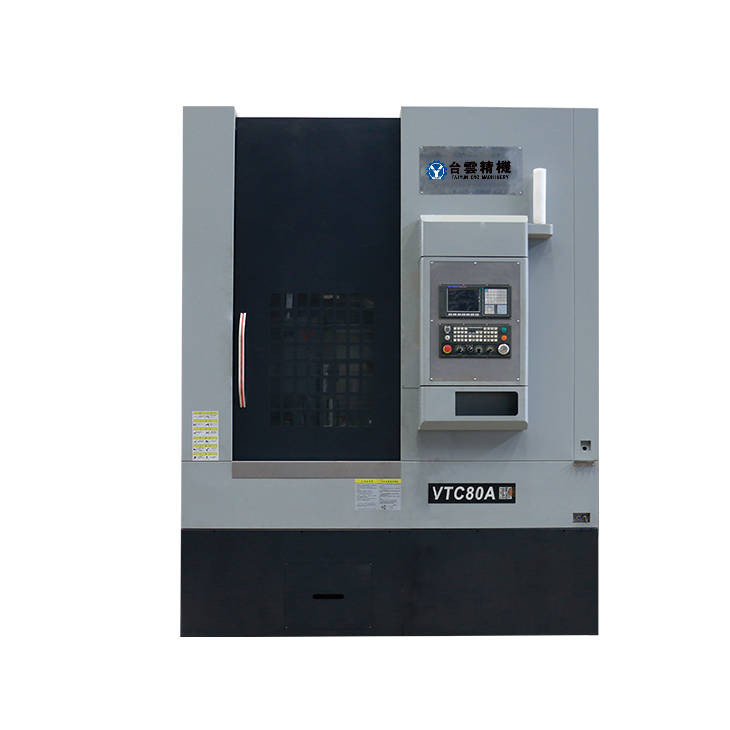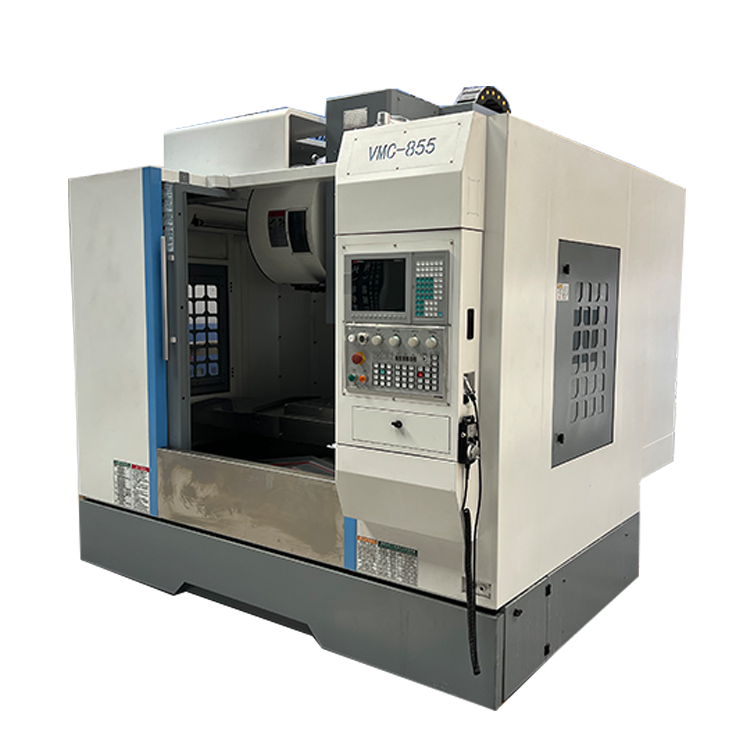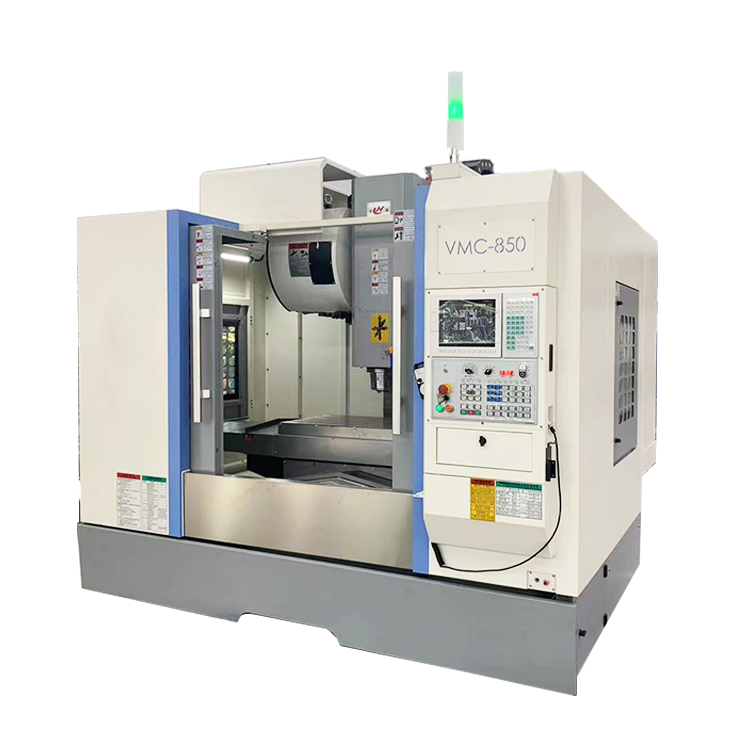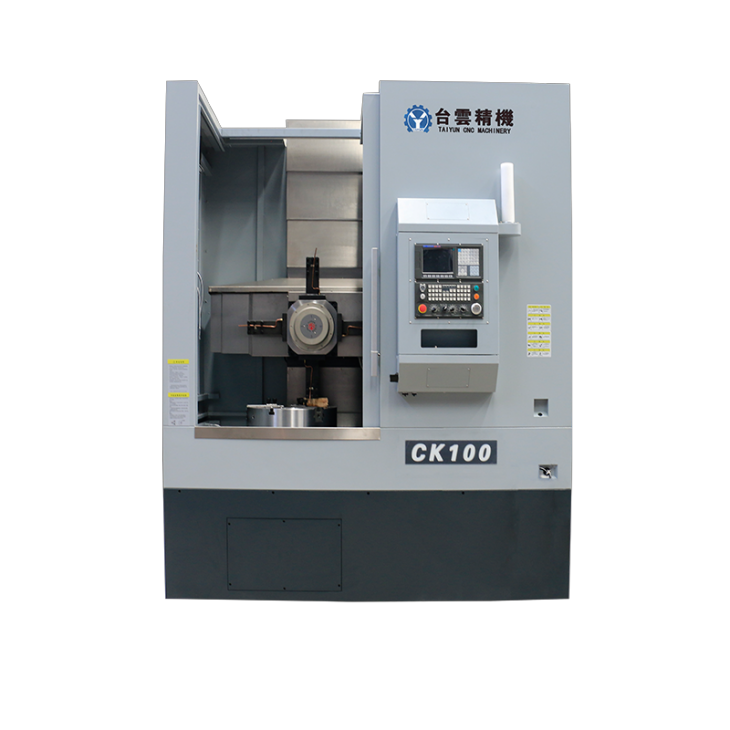- Recommended news
-
System composition of CNC horizontal machining center
2024-06-18
-
A method to solve the problem of spindle shaking in CNC lathes
2024-06-15
-
In which industry is the most widely used CNC vertical lathe?
2024-06-04
-
How to clamp the workpiece on a CNC vertical lathe?
2024-05-29
-
CNC milling machine machining center commonly used accessories
2024-05-25
-
Steps for adjusting the turret of a CNC vertical lathe
2024-05-22
vertical lathe
A vertical lathe is a common type of lathe that gets its name from the way its bed is designed, standing vertically on the ground with the workpiece clamped on the bed's moving table....
A vertical lathe is a common type of lathe that gets its name from the way its bed is designed, standing vertically on the ground with the workpiece clamped on the bed's moving table. Compared with horizontal lathes, vertical lathes have a smaller footprint and are more suitable for processing long and thin workpieces. They are also large-scale processing equipment and are often used in heavy industrial manufacturing fields such as aviation, automobiles, and ships.
The structure and function of the vertical lathe are similar to those of ordinary lathes. They are composed of a bed, spindle, tool holder, feed mechanism and lubrication system. The bed is an integral flat bed, consisting of a body and a workbench. The surface of the bed is ground and has good precision and toughness. The spindle is composed of a motor and a transmission, which can be adjusted at different speeds. The tool holder consists of a tool holder body and a chuck that carries the tool. The tool holder can be controlled manually or automatically. The feeding mechanism includes front and rear feeding of the spindle, transverse feeding and longitudinal feeding. The feeding methods are divided into two types: manual and automatic. The function of the lubrication system is to provide lubrication and cooling for the turning tool, workpiece and spindle.
The advantage of a vertical lathe is that it is more convenient to handle long and thin workpieces. At the same time, its vertical bed structure also makes the bed more stable and can handle larger workpieces. In some large-scale machinery manufacturing, aviation manufacturing and other industries, vertical lathes are often the preferred processing equipment when large parts need to be processed.
However, there are some disadvantages of vertical lathes that need to be noted. Due to its structural limitations, the working space of a vertical lathe is relatively small and is not suitable for processing wider or thicker workpieces. It also has certain limitations when performing transverse machining. At the same time, vertical lathes experience large moments on the sliding plane and require more sophisticated design and manufacturing to ensure their stability and reliability.
In general, a vertical lathe is a widely used machine tool equipment with a structure and function similar to that of an ordinary lathe, but is designed for long and thin workpiece processing scenarios. When large workpieces need to be processed, vertical lathes can provide better processing results and are indispensable processing equipment in the field of heavy industrial manufacturing.

 English
English 日本語
日本語 한국어
한국어 Россия
Россия  Français
Français España
España عرب .
عرب .  Português
Português Deutsch
Deutsch भारत
भारत Нидерланды
Нидерланды












